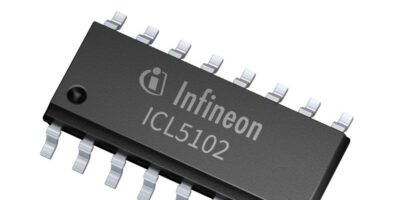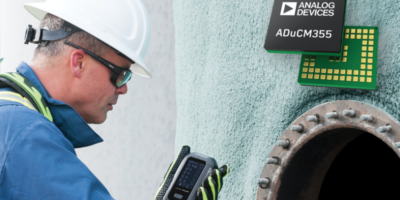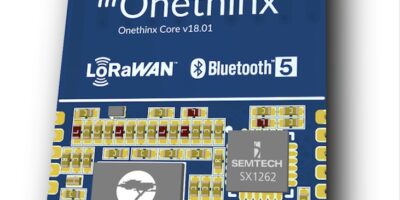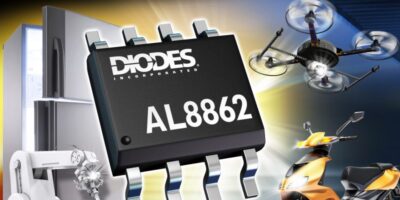The second generation ICL5102 resonant controller IC has been designed by Infineon specifically for power supply and lighting drivers.
Main target applications are LED drivers for professional and industrial lighting, and street lighting. The controller IC can also be used for offline AC/DC power supplies and LCD TVs, adds Infineon.
The ICL5102 integrates power factor correction (PFC) and half-bridge (HB) controllers in a single DSO-16 package. It supports universal input voltages ranging from 70 to 325V AC.
Only a few external components are required to configure and support the controller IC, says Infineon, adding that all parameters are set by resistors. The ICL5012 supports fast start-up under 500 milliseconds at less than 100 microA. According to Infineon, the industry-leading PFC is greater than 99 per cent and total harmonic distortion (THD) is less than 3.5 per cent. The controller has up to 94 per cent efficiency by resonant topology, while the active burst mode for low standby consumes less than 30 mW. An enable/disable function supports dimming.
The PFC controller features brown-out detection, adjustable THD for light load operation, and high power factor correction. Due to the high accuracy of bus voltage sensing, only four pins are required for PFC. The resonant HB controller has an integrated 650V high-side driver using an internal coreless transformer with self-adaptive dead time ranging between 250 and 750 nanoseconds, and an operating frequency up to 500kHz. It can detect overload, short circuit, bus, HB or output under- and over-voltage as well as over-temperature. An integrated capacitive mode regulator prevents operation in capacitive mode. All protection features use auto restart (no latch).
Engineering samples and a reference design, REF-ICL5102-U130W-CC, are available now. Full production and shipment will start in Q2 2018.
This news story is brought to you by softei.com, the specialist site dedicated to delivering information about what’s new in the electronics industry, with daily news updates, new products and industry news.
To stay up-to-date, register to receive our weekly newsletters and keep informed of the latest technology news and new products from around the globe. Simply click this link to register here: softei.com







